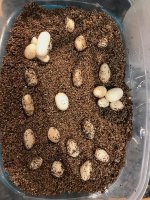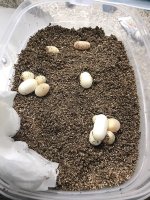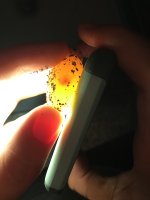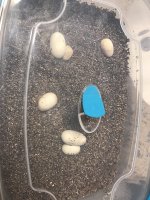GitaBooks
New member
So, it hasn't even been two days since my eggs went in the incubator. The majority look like slugs, but I wanted to wait and see, at least a little while. However, they already smell super bad. It smells like a week old dead animal has been rotting inside the egg container. At first I thought it was the vermiculite, but it's gotten worse. I tried giving the container a little ventilation, worried the eggs would suffocate, and I think my whole room is starting to smell.
The question is, is something wrong with the eggs? The vermiculite? When can I candle the slugs to be sure that I can toss them? Will that help with the smell?
Incubator is at 84 F (but its about 80 F down by the eggs). One of the fertile eggs was starting to cave so I just added a little more water, which is when I noticed the smell had gotten worse.
Thanks in advance
The question is, is something wrong with the eggs? The vermiculite? When can I candle the slugs to be sure that I can toss them? Will that help with the smell?
Incubator is at 84 F (but its about 80 F down by the eggs). One of the fertile eggs was starting to cave so I just added a little more water, which is when I noticed the smell had gotten worse.
Thanks in advance




